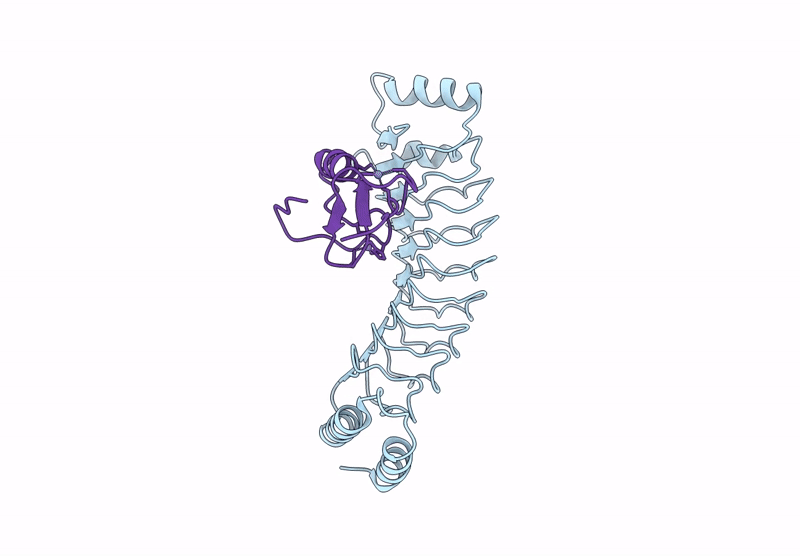
Deposition Date
2024-10-03
Release Date
2025-05-07
Last Version Date
2025-05-07
Entry Detail
PDB ID:
9JTA
Keywords:
Title:
Crystal structure of RNF213 RING domain bound to IpaH1.4 LRR domain
Biological Source:
Source Organism:
Shigella flexneri 5a str. M90T (Taxon ID: 1086030)
Homo sapiens (Taxon ID: 9606)
Homo sapiens (Taxon ID: 9606)
Host Organism:
Method Details:
Experimental Method:
Resolution:
1.70 Å
R-Value Free:
0.21
R-Value Work:
0.19
R-Value Observed:
0.19
Space Group:
P 41 21 2


